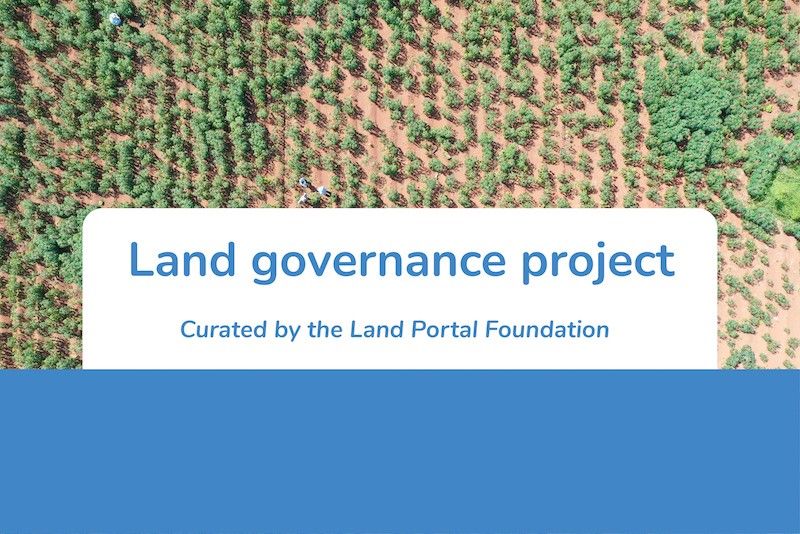Community / Land projects / Improving Small Scale Farmers livelihood
Improving Small Scale Farmers livelihood

€0
01/14 - 12/15
Completado
This project is part of
Implementing Organisations
Donors
Data Providers
General
This project was for two years i.e. 2012 to 2013 but has been extended for yet another two years beginning January 2014 to December2015. The project will be implemented mainly in 9 districts of northern Uganda; these districts are selected from the different regions of Uganda considering the challenges as presented to ESAFF Uganda; these districts include Adjumani, Apac, Amuru, Gulu, Pader, Arua, Nwoya, Zombo, and Nebbi. Some 9 districts from other regions other than north will also be covered that is Soroti, Serere, Kasese, Mayuge, Mukono, Kisoro, Kamuli, Manafwa and Masaka Apart from the target districts mentioned above, the project will also have some beneficiaries from other districts where ESAFF Uganda is having membership mostly when it comes to advocacy activities like dialogues, lobby meetings. In a period of 2 years i.e. 2014 to 2015, the project is expected to reach 14,015 farmers. The over role goal of the project is to contribute to the improvement of livelihood of small scale farmers including youth and women through empowering and strengthening farmer groups. The strengthened capacity of small scale farmers will also entail holding duty bearers accountable and to also continuously speak out on issues that affect them. Agriculture in Uganda employs over 70% of the population majority of who are small scale farmers. The project therefore aims at improving the plight of small scale farmers who have due to severalreasons not been able to effectively exercise their social, economic, and political rights in the field of agriculture and development at large. Specific objectives of the project 1. To build the capacity of small scale farmers including youths and women in Landrights and land use, climate smart agriculture and farming as a business increase their knowledge on these areas. 2. To create opportunities for small scale farmers to engage in advocacy activities with the purpose of influencing policies related to land, markets, service delivery and agriculture funding. 3. Tostrengthen ESAFF Uganda as a strong farmer led advocacy movement from the grassroots to the national level Proposed interventions The project has outcomes with different activities. During the implementation of theproject, the main methods to be used to attain the stated outcomes include research, development of documentaries, trainings, dialogues, lobby meetings, development of campaign materials and IECs, exposure visits and participation in partners meetings. Intended outcomes of the project # Built capacity of the youth to practice agriculture as a business. # Increased knowledge of farmers on climate smart agriculture. # Increased understanding of farmers on proper land use and their land rights in accordance with the Land Act and land policy # Small Scale Farmers lobby government to put in place favourable market and trade policies for the agricultural produce; small scale farmers engage government to increase agriculture budget allocation and proper utilization of the agriculture budget Gender and HIV<(>&<)>AIDS mainstreaming during project implementation: The project will ensure that gender and HIV/AIDS is mainstreamed right from the project design through to its execution and closure. Mainstreaming gender and HIV/AIDS will mean finding out the implications of planned activities on women, children and men as well as the level of risk and vulnerability to HIV/AIDS thatthe project may predispose onto the target communities. This project approach seeks to ensure that women and men benefit equally byintegrating their experiences and concerns right from design, implementation, monitoring and evaluation of projects. All in all, ultimate goal will be to achieve gender equality while ensuring communities are not exposed to factors that may make themsusceptible to vulnerabilities and to risks of HIV and Aids in their working environments.



